The present climate change crisis has compelled experts all around the world to paint a grim picture of the future, with rising water tables and the collapse of civilization being prominent concerns. It does not take much for creators to imagine the direness of the situation, as literature is replete with dystopias of post-apocalyptic futures. Jason Aaron takes on the genre for BOOM! Studios, bringing artists Alexandre Tefenkgi, Nick Dragotta, Lee Loughridge, and Rico Renzi and letterer AndWorld Design along for the ride. Worlds collide in Once Upon a Time at the End of the World #1 as two very different people have a chance encounter in the wastelands.
In Once Upon a Time at the End of the World #1, the world has sunk and left behind a floating pile of plastic garbage. A worn-down boat makes its way through that obscene amount of filth until circumstances force its driver to seek solid ground. A young girl, wanting to escape from her past, steps off the boat and seeks refuge under a building when suddenly, a giant octopus-like mutated being attacks her. The commotion alerts the young occupant of the skyscraper, who decides to save the girl from being wrangled to death despite explicit orders from his parents not to. Thus starts a boy meets girl adventure that ends with a tragic future.

Once Upon a Time at the End of the World #1 takes several formulaic approaches to the story, tropes that have become overused over time, but it is all about balance. Writer Jason Aaron counterbalances his narration with Maceo’s overzealous energy, balancing Mezzy’s crudely disguised unpleasant demeanor with the latter’s inquisitive nature as the two hide their inner pain behind an emotional wall rather deftly. This contrasting back and forth makes the book engaging, despite its one-note narrative that flows linearly from start to finish. The slow progress helps in setting up the premise and forms the building blocks of a budding relationship. As the intrigue wanes, Aaron finds a way to pull the reader back in their seat with a violent epilogue that kicks up a storm.
Alexandre Tefenkgi’s gristly inks litter the book with intricate details. A stunning example is the opening act, where the floating pile of plastic goods and derelict building makes a real visual impact. However, the severity of the dystopia does not become apparent until the emergence of tentacled monsters out from the darkened waters and the hawk eye’s view of the submerged city. Colorist Lee Loughridge uses two different color palettes to distinguish between the dangers of the outside world and the wonderland that Maceo has created for himself. When melancholy strikes, the tonal shift to muted shades creates a wonderful contrast. The last two pages from Dragotta and Renzi are so wacky and out of order that it offsets the calmness provided by the book so far, captivating audiences with its grotesque nature.

Looking back, Once Upon a Time at the End of the World #1 is a tale about lonely souls and the price they had to pay to survive. Both protagonists deal with their pain differently — one with brooding and the occasional grunts, while the other blabbers without thinking so that they don’t have to contemplate their loneliness. Hence, it is not the post-apocalyptic setting or even the cliffhanger ending that is fuel for the plot but the characters themselves and their differing philosophies. Sadly, neither Mezzy nor Maceo are memorable on their own, nor does the narrative have enough pull to keep readers entertained throughout.
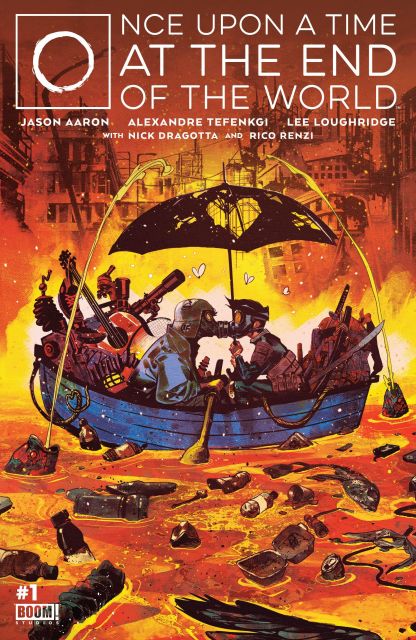
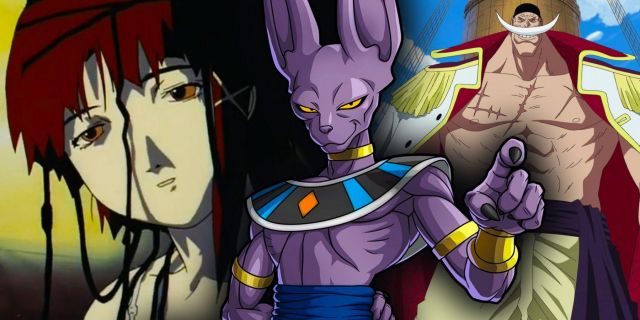


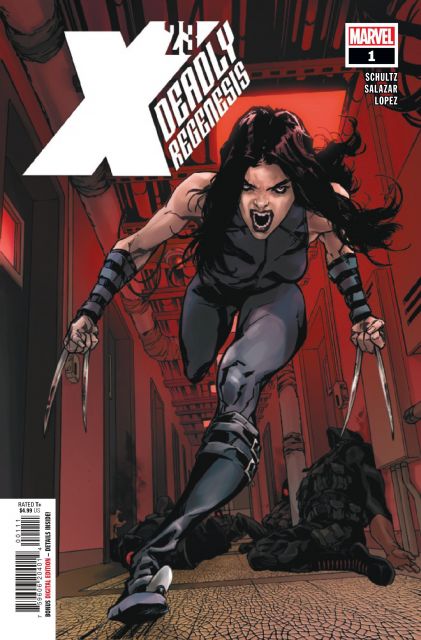
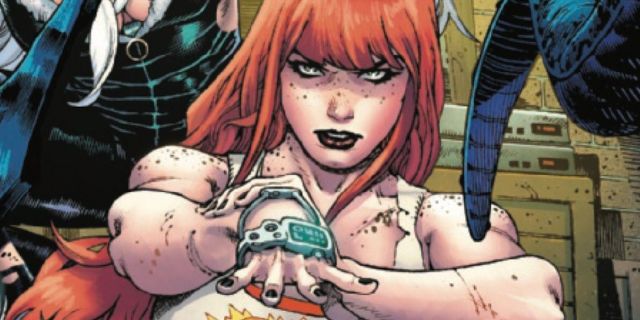
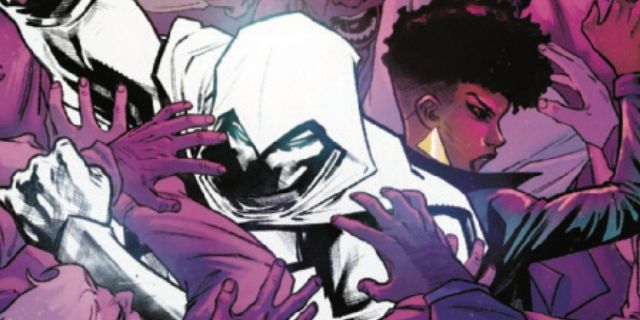


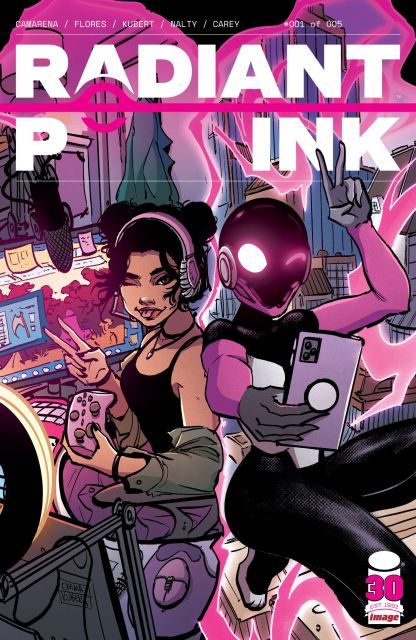





Leave a Reply